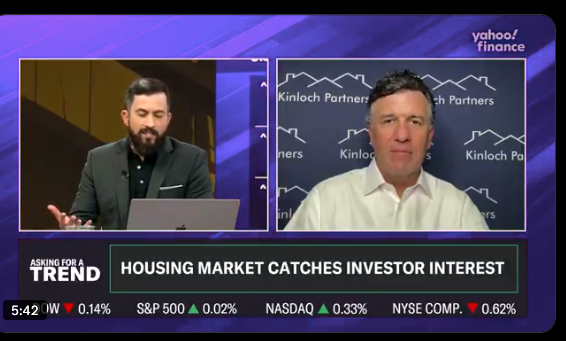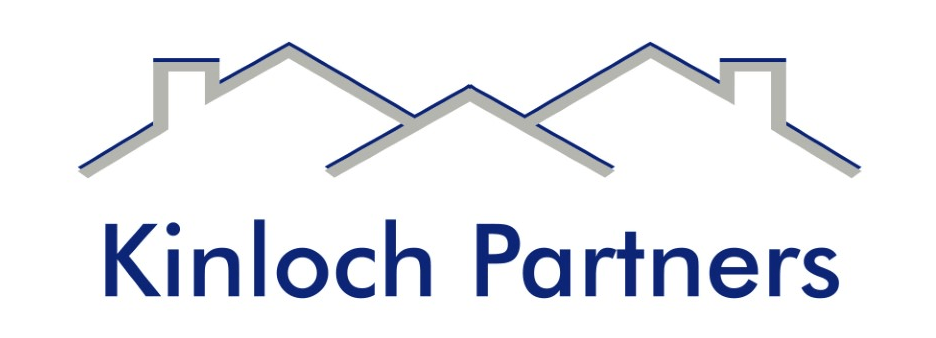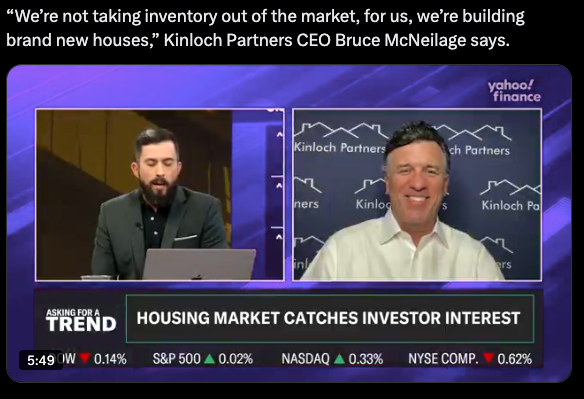With Individual Home Buyers on the Sidelines, Investors Swoop Into the Market
High interest rates and prices aren’t deterring firms from snapping up single-family properties
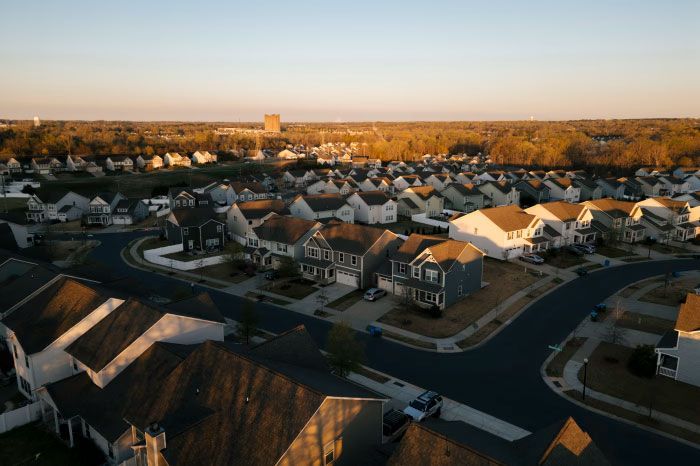
Individual home buyers are largely locked out of the housing marketas home prices continue to climband interest rates remain stuck. But investors are buying, and dominating the market.
So far in 2025, investors who buy homes to flip or rent out have made up about 30% of purchases of both existing and newly built single-family homes, the highest share on record, according to property analytics firm Cotality, which started tracking the sales 14 years ago.
There is also a change in the makeup of single-family residential investors, who have become a powerful force in the U.S. housing market. This buying group was once flooded with large private-equity firms such as Blackstone and Starwood Capital Group.
But in the first half of this year, small investors made up about 25% of these home purchases while large investors accounted for about 5% on average, according to Cotality’s data. This shift happened mostly because large investors and traditional home buyers have slowed down while small investors are holding steady.
Small investors, who own fewer than 100 homes, are securing more discounts and financial incentives from sellers eager to close deals quickly as inventory piles up and traditional home-buyers sit on the sidelines, waiting for stubbornly high prices to fall.
“It’s not just the Blackstones of the world anymore,” said Rajan Bhatt, president of Strand Capital, which has purchased about 100 homes in markets including Chattanooga, Tenn., and Indianapolis.
Home investors, of course, also are sensitive to the high prices and interest rates that have made this year’s selling season a dud. Some large buyers that pioneered the real-estate investment business after the global financial crisis are slowing down their acquisitions as costs surge.
Local and federal regulators also have been cracking down on investors buying up homes, which they claim makes it harder for regular buyers to compete and drives up prices even further.
Big investors Invitation Homes, Progress Residential and Amherst are all disposing of more homes than they are buying so far this quarter, according to data from real-estate analytics firm Parcl Labs.
“We’re acquiring at a fraction of what we were several years ago,” partly because of high interest rates, said Chris Avallone, chief financial officer of Amherst, which owns about 46,000 homes.
So why are smaller investors more active? For starters, even with prices and interest rates high, they still see a solid business in buying, fixing up and renting out single family homes. Small investors, who own fewer than 100 homes, are securing more discounts and financial incentives from sellers eager to close deals quickly as inventory piles up and traditional home-buyers sit on the sidelines, waiting for stubbornly high prices to fall.
“It’s not just the Blackstones of the world anymore,” said Rajan Bhatt, president of Strand Capital, which has purchased about 100 homes in markets including Chattanooga, Tenn., and Indianapolis.
Home investors, of course, also are sensitive to the high prices and interest rates that have made this year’s selling season a dud. Some large buyers that pioneered the real-estate investment business after the global financial crisis are slowing down their acquisitions as costs surge.
Local and federal regulators also have been cracking down on investors buying up homes, which they claim makes it harder for regular buyers to compete and drives up prices even further.
Big investors Invitation Homes, Progress Residential and Amherst are all disposing of more homes than they are buying so far this quarter, according to data from real-estate analytics firm Parcl Labs.
“We’re acquiring at a fraction of what we were several years ago,” partly because of high interest rates, said Chris Avallone, chief financial officer of Amherst, which owns about 46,000 homes.
So why are smaller investors more active? For starters, even with prices and interest rates high, they still see a solid business in buying, fixing up and renting out single family homes.
Strand Capital, the small real-estate private-equity firm, targets single-family homes within the $250,000 price range. It will make about a $75,000 down payment and invest up to $15,000 in light renovations. It will then charge $2,000 to $2,200 a month in rent, with the expectation that the home price will appreciate 5% each year. After three years, Strand will try to sell the home at a profit.
Strand Capital, the small real-estate private-equity firm, targets single-family homes within the $250,000 price range. It will make about a $75,000 down payment and invest up to $15,000 in light renovations. It will then charge $2,000 to $2,200 a month in rent, with the expectation that the home price will appreciate 5% each year. After three years, Strand will try to sell the home at a profit.

Smaller firms say they can take more risk than big institutions because they don’t have to report to pension funds or other outside stakeholders. They are also benefiting because they are competing against fewer traditional home buyers who have checked out of the market because of higher prices. They might offer all-cash bids, avoiding high interest rates, and can close in a matter of weeks rather than months.
Home builders have often cut big deals with the large single-family residential companies such as Invitation Homes. Until recently, small investors had to fight harder for those same discounts.
That changed this year because builders are confronting a glut of supply in certain markets such as Texas and Florida. They are now rushing to clear their inventory and free up cash on their balance sheets.
Builders including Lennar and D.R. Horton are offering more discounts and other incentives to help work off inventory. In July, 38% of builders reported lowering prices on their deals, the most since 2022, according to the National Association of Home Builders. Those deals are bringing new investors to the market.
Bruce McNeilage, who first started investing in single-family properties two decades ago, is eyeing these new players as they enter the arena. He focuses on Southeastern markets including Tennessee, Georgia and South Carolina—growing hot spots for single-family investment.
“New companies are getting into the market, it seems like every week,” said McNeilage. “Some are dipping their toes in the water. Some are starting to put their whole foot in.”
Write to Rebecca Picciotto at Rebecca.Picciotto@wsj.com
Copyright ©2025 Dow Jones & Company, Inc. All Rights Reserved. 87990cbe856818d5eddac44c7b1cdeb8
Appeared in the July 28, 2025, print edition as 'Investors Fill Void in Housing Market'.
